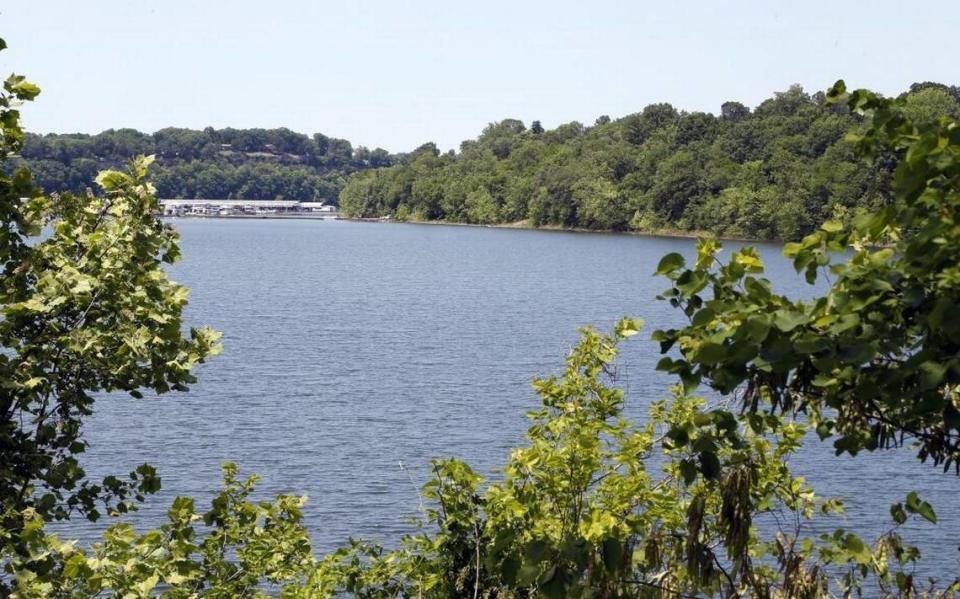Lack of rainfall leaves two Kentucky lakes starting summer a little lower than usual
There will probably be a little less room for boating at two Kentucky lakes this summer.
There wasn’t enough rain this spring for Lake Cumberland and Dale Hollow Lake to reach their normal summer pool elevations, the U.S. Army Corps of Engineers announced Tuesday.
Both were on track in March to reach their normal levels, but a dry spell since in the watersheds of the two lakes meant little rainfall to boost water levels, according to a release from the Nashville District of the Corps of Engineers.
That means the lakes are starting summer with less surface area than usual, though resource managers at Lake Cumberland and Dale Hollow said there will still be plenty of room on the lakes for recreation.

The elevation of Lake Cumberland at Wolf Creek Dam on June 5 was 714.9 feet, compared to the typical target of 723 feet by mid-May. The 723-foot level is near the tree line on the shore of the lake.
At an elevation of 723 feet, the 101-mile long lake has 50,250 surface acres.
The elevation of the lake now is now about 47,600 acres, said Robert Dillingham, hydraulic engineer with the Nashville District of the Corps of Engineers.
In early January, the elevation at the lake was at the typical winter level of 685 feet, at which the surface area is 39,040 acres, Dillingham said.
The lake has since come up nearly 30 feet, but didn’t get enough rain to fill the last 8 feet to normal summer elevation, the Corps said.
The elevation at Dale Hollow was 648.4 feet on June 5. The typical mid-May target is 651 feet, according to the Corps of Engineers.
“While receiving significant rainfall events are possible during the summer months, it is highly likely that the lakes would not reach these elevations during this recreation season as water will continue to be released from both projects in the meantime,” Dillingham said
The Corps can’t shut off the flow out of the lakes and let them fill up because a continued flow is needed for power generation at the two dams and to maintain water quality and supply, navigation, recreation, habitat and generation downstream, according to the news release.
Water levels at the lakes usually rise during the winter and spring as the Corps stores water for the summer, then decline through the summer and into the fall.
Dillingham said from this point, the level of Lake Cumberland will be drawn down 30 to 35 feet through the late summer and fall as always.

